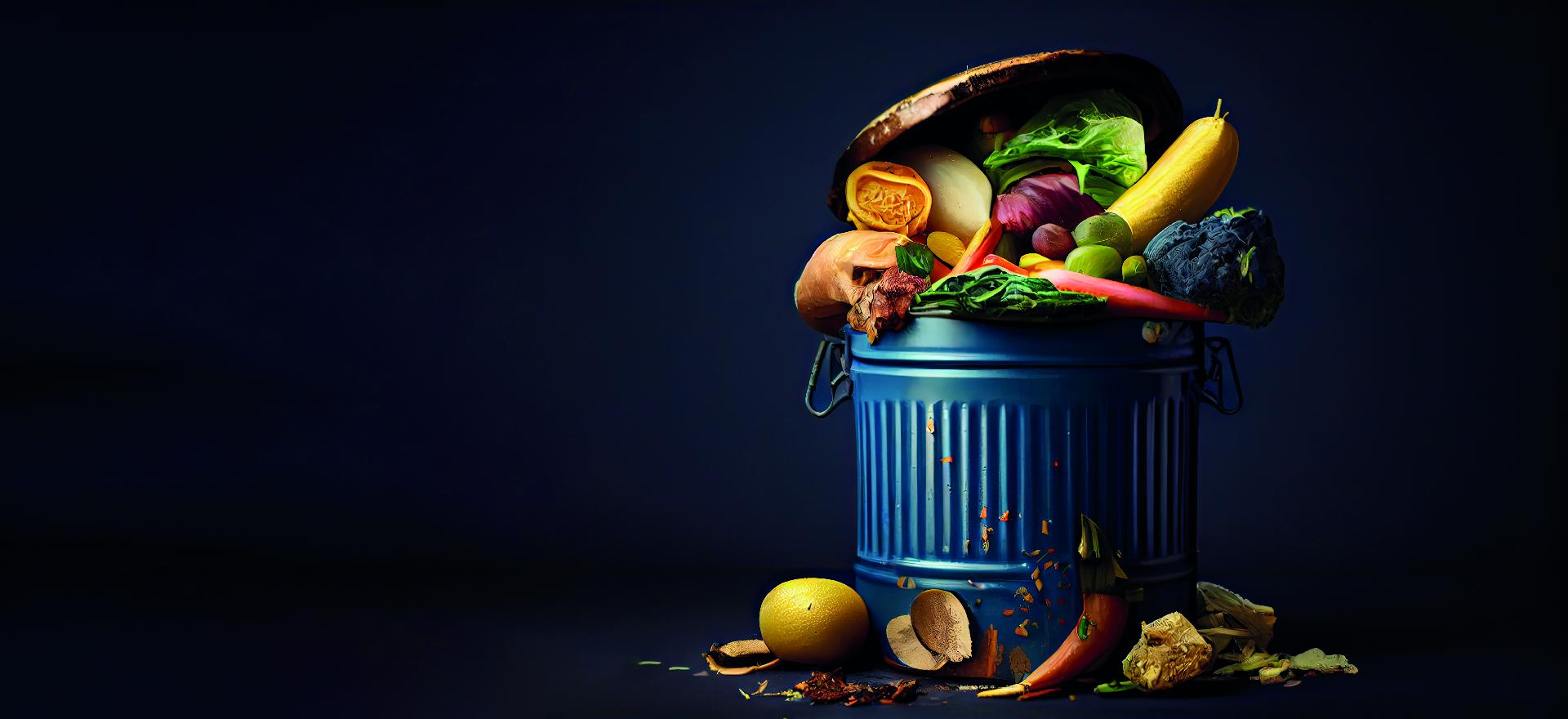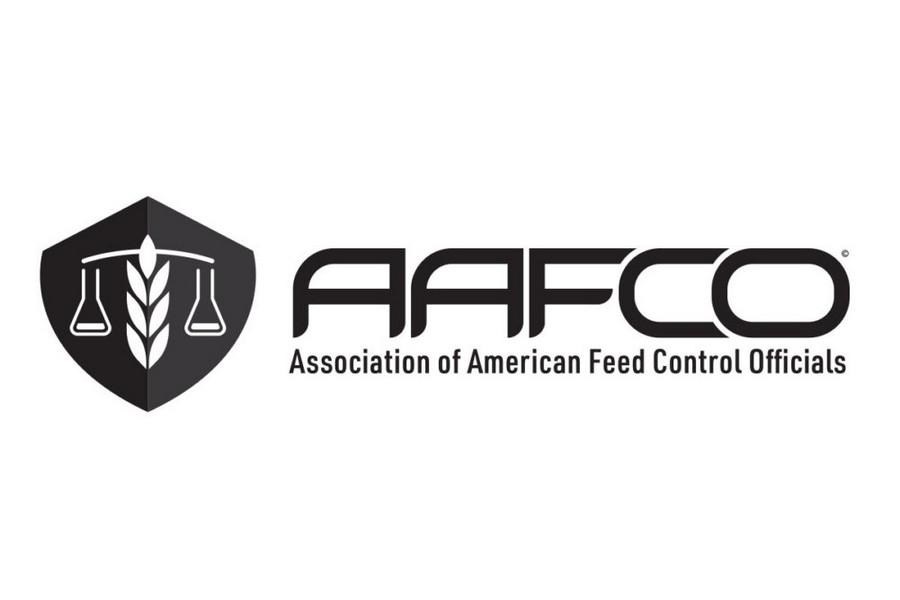A report by Verified Market Research estimates that the value of the global market for enzymes was 1,300 million dollars in 2020 and will reach 2,410 million dollars in 2028, with a growth of 8%.
The pathway of enzymes in animal feed
Enzymes were first used in feed more than a decade ago. At that time, its acceptance was limited to phytase applications to reduce phosphorus excretion.
Today, the increased understanding of enzyme usage in feed comes with the market demand for high-quality protein for pets. Likewise, the increase in the animal and human populations, which share many raw materials, highlights the need to produce more in less time. Then, producers must maximize production times to meet increased protein requirements, including maximizing feed utilization.
The growing demand for better quality pet food products, and the increased awareness of animal care and health, are driving the development of the feed enzymes market in the coming years.
Types of enzymes used
Commercially available enzymes can derive from plants, animals, and microorganisms.
One of the applied methods to increase nutrient absorption is to increase feed digestibility, and enzymes are one of the widely used feed additives for this purpose.
Those that currently stand out as additives are:
1. Proteases: These are preferred in young animals to increase the rate of digestion and absorption of plant proteins.
2. Carbohydrates: This allows animals to benefit more from energy by breaking down carbohydrates in grains used as feedstocks (such as barley, oats, and corn).
3. Lipases: They carry out the hydrolysis of fats.
4. Phytases: Increase the availability of vegetable phosphorus.
Benefits of enzymes in animal feed
The functions of enzyme additives in the feed market are essential to increase the digestibility of nutrients in animals. In fact, it's even more important in cases in which the nutrients cannot be digested for different reasons. This implies, first of all, a better capacity of the animal to benefit from what they consume.
Some specific benefits are:
● Intestinal viscosity reduction is due to a greater polysaccharides' decomposition from the cell wall of cereals.
● Higher values of digestibility and metabolic energy of food.
● Greater absorption of nutrients.
● Higher live weight gain with lower feed intake.
● Better phosphorus digestibility and lower level of it in the feces.
In addition, enzymes are especially important for elderly pets or those with chronic conditions, such as exocrine pancreatic insufficiency, small intestinal bacterial overgrowth, or chronic pancreatitis.
Likewise, it is necessary to clarify that, since enzymes improve the digestibility of plant-based feed ingredients, they offer economic benefits for animal production. Enzymes have enabled animal feed producers to improve their feed conversion rates, the uniformity of their herds, and the efficiency of their feed mills. As a result, savings in feed costs and livestock overhead as a positive impact on pet food costs are achieved.
Main challenges of using enzymes
Financing for R&D
One of the main challenges today in increasing the use of enzymes is/ are? High investments in R&D are needed to advance with the research and development of enzymes for use in high-quality feed at competitive prices worldwide. For example, laboratories require greater infrastructure strength to use molecular techniques, such as metagenomics and genomics.
The right dose
Enzymes should be added in carefully measured amounts to formulas, considering the type of animal each feed is prepared for. It is also important to have a clear idea of the potency of the enzyme and what is the appropriate dilution for each one. The metering and mixing system for enzyme and carrier must be highly accurate and regularly calibrated, to ensure food safety.
Heat resistance
Enzymes added to the feed prior to pelleting must be heat stable or capable of losing some potency without losing their overall effect. Most enzymes will start breaking down when exposed to temperatures above 150º C, which is a problem because high temperatures are required to kill bacteria. To solve this, the enzyme needs protection from the heating process, applied in amounts where the heat does not completely destroy it, applied after the heat process, or a heat-stable enzyme used.
Granulation resistance
Feed batches require optimum levels of moisture and density to retain their shape. If dry enzymes added to the mix reduce the moisture content beyond a certain level, product loss and waste can result. This problem could be solved with careful tests, gentler treatment of the granules, or through the use of enzyme applications for animal feed, after the granulation process, for example.
By way of conclusion, we can affirm that research on the different methods of enzyme production assures their benefits and epigenetic effects, for example, on the formation and development of the intestine and the interaction with the microbiota and intestinal health, as well as their direct or indirect action on the immune system.
As the research of these components moves along, we will be able to implement them more and more and revolutionize the animal nutrition industry.
Source: All Pet Food
You could be interested: Wet Pet Food Quality
About author
María Candelaria CarbajoTranslator and editor. I collaborate with businesses and purposeful projects that want to improve their written communication, transmit their differential values, and connect with their audience. I enjoy teamwork and joining forces, experiences, and knowledge to bring to the world all the potential of businesses that seek to make an impact with their services, products, or experiences.














































